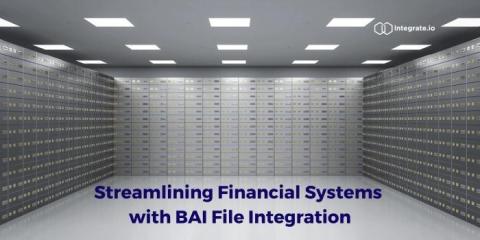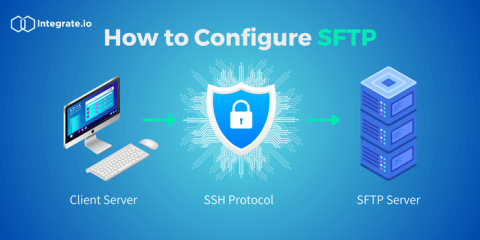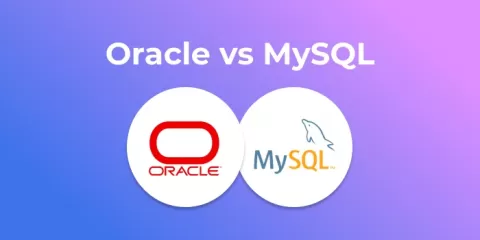From Theory to Practice: Real-World Applications of Cloud Platform Integration
Many companies talk about cloud integration in a theoretical way. But cloud technologies aren’t theoretical. They’re a rapidly growing segment of technology that’s changing the way businesses operate. In the following article, we move from theory to practice so you can have a more realistic vision of what to expect when you move more of your on-site tech to the cloud.









